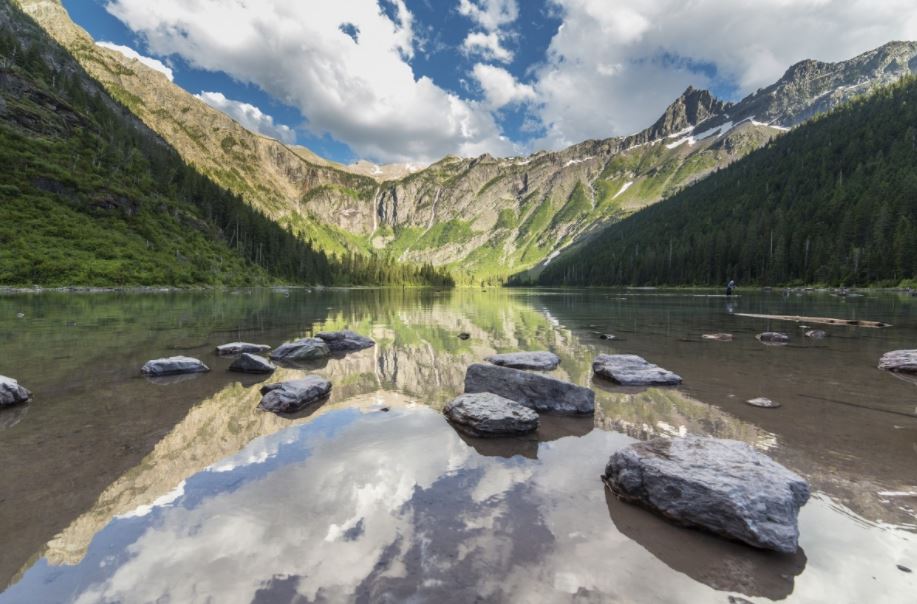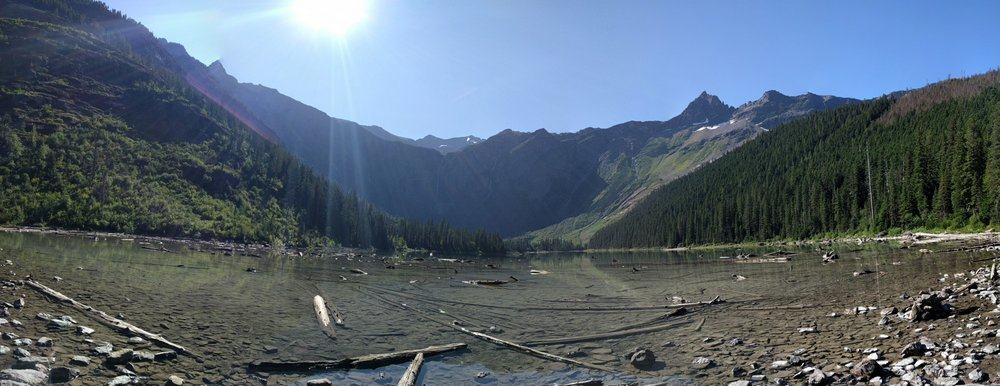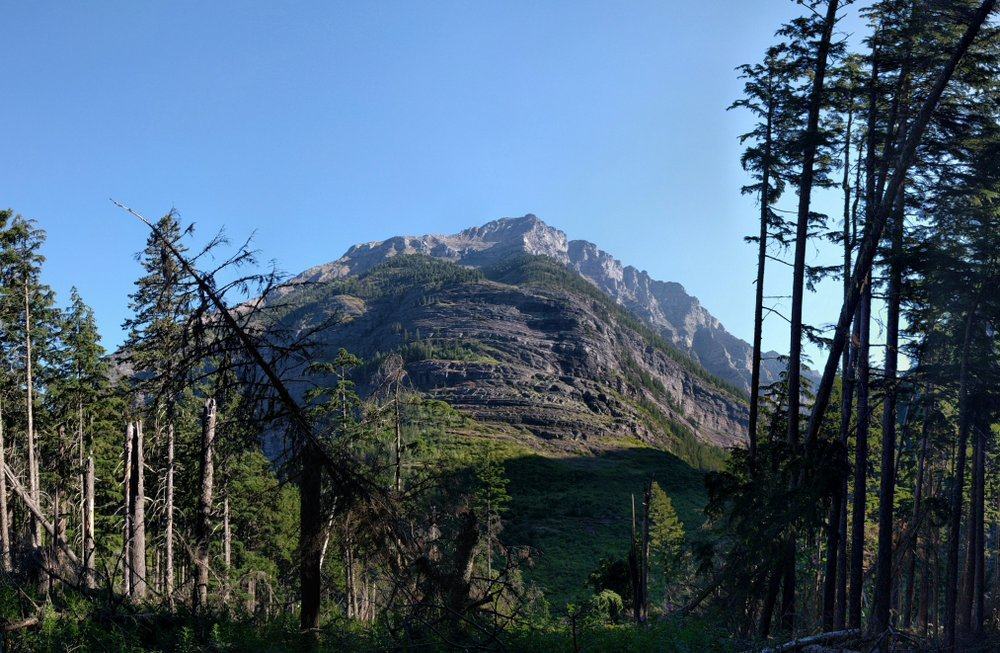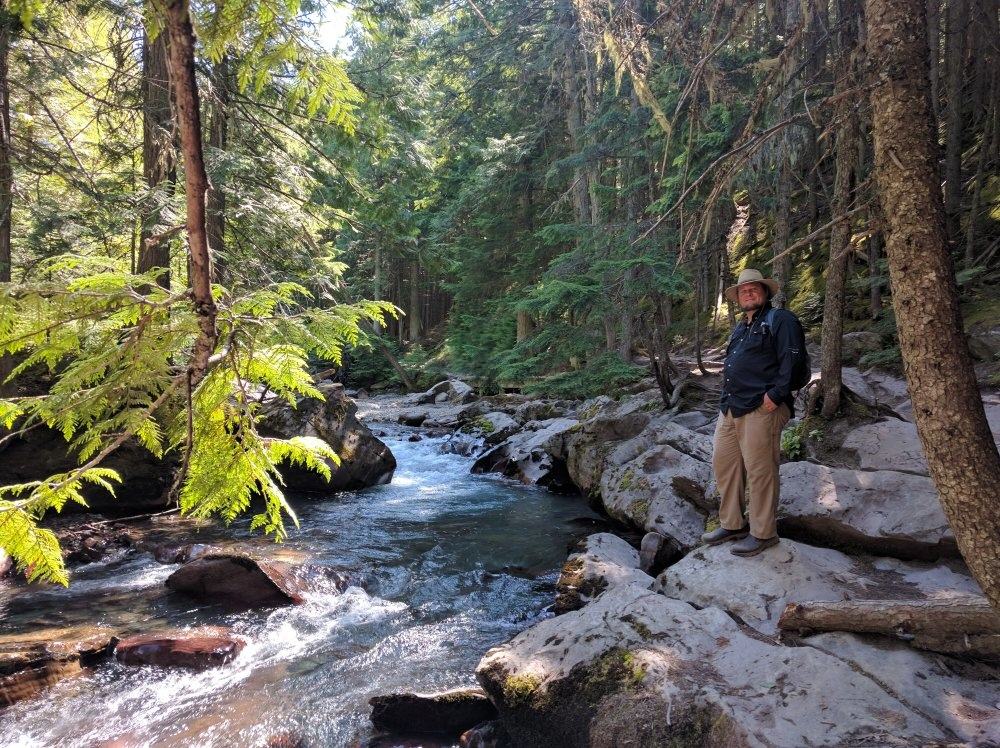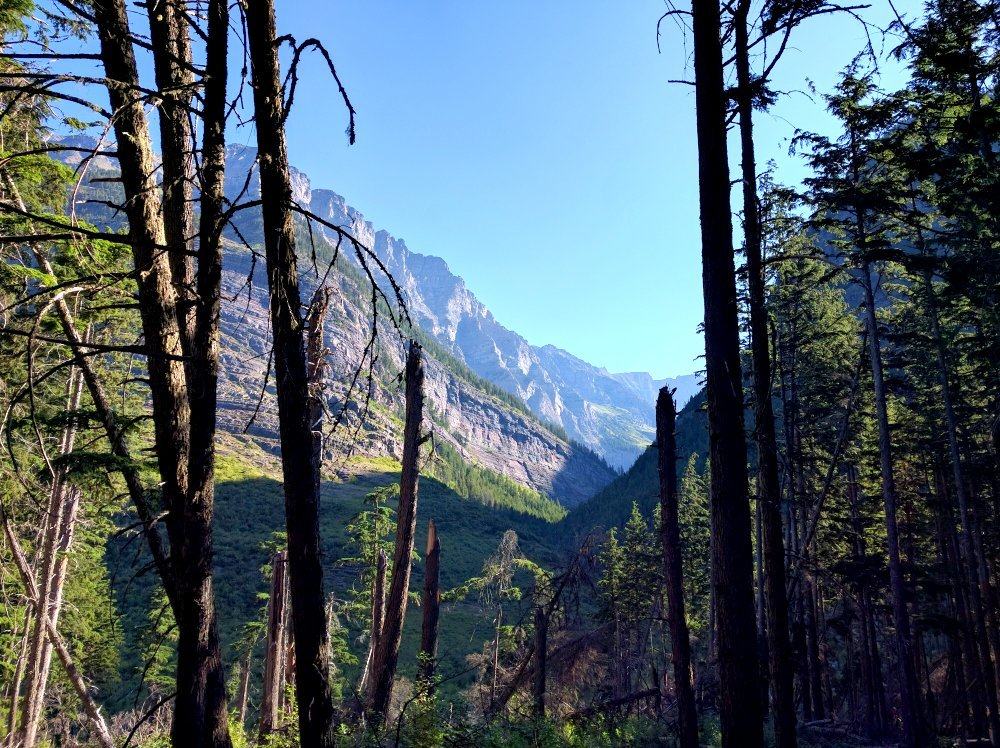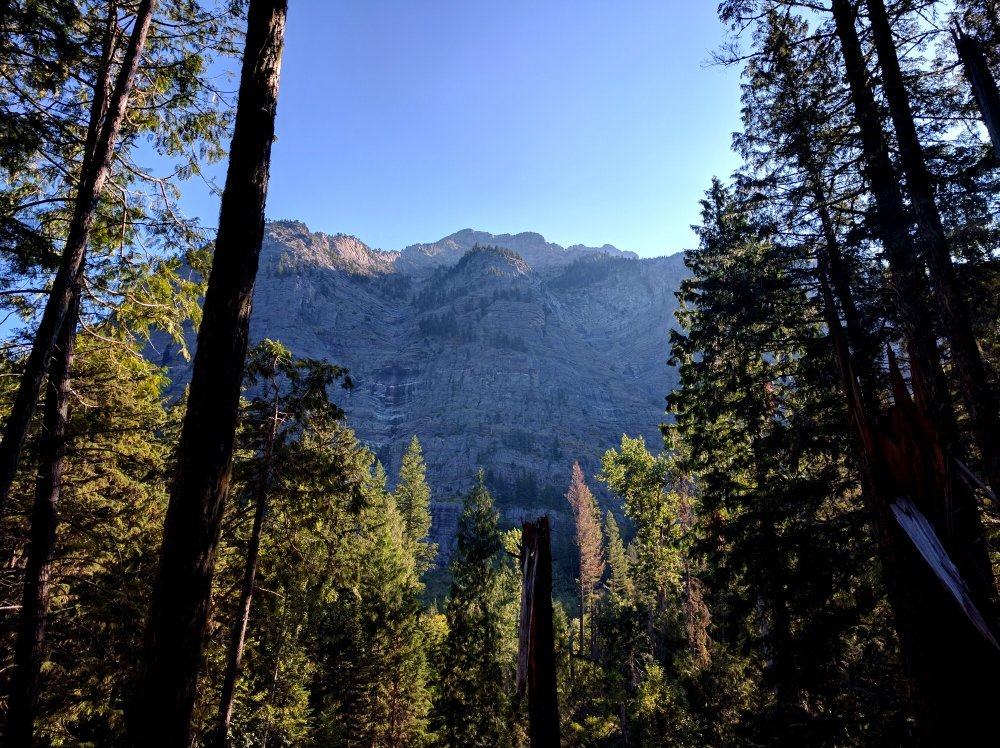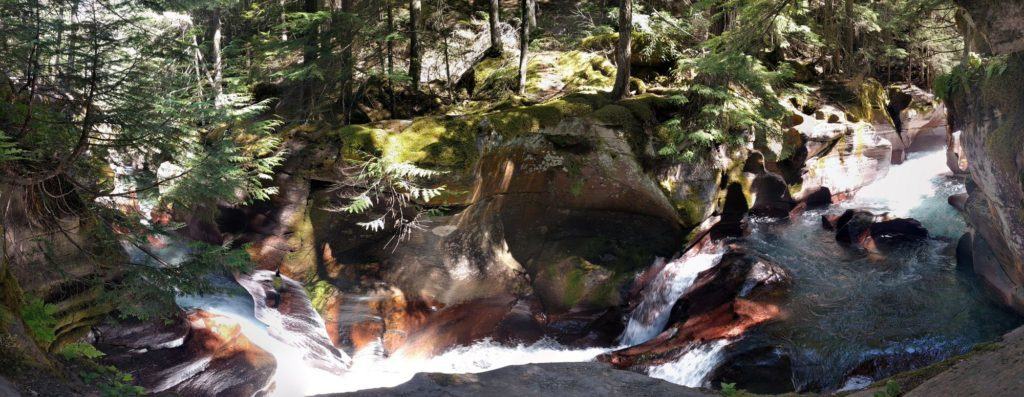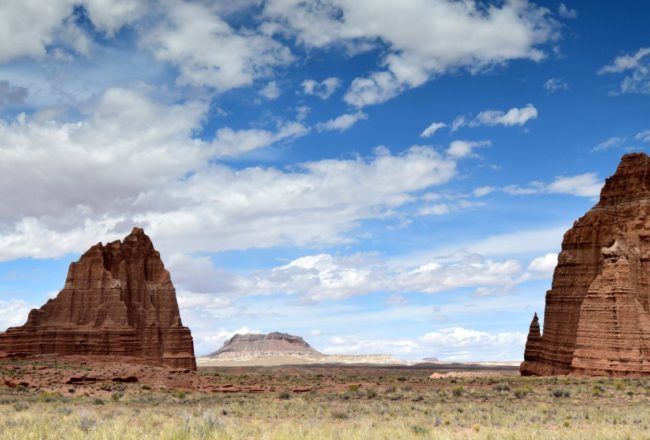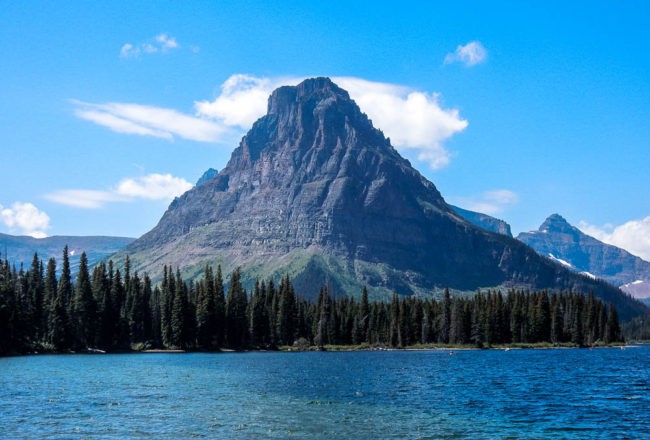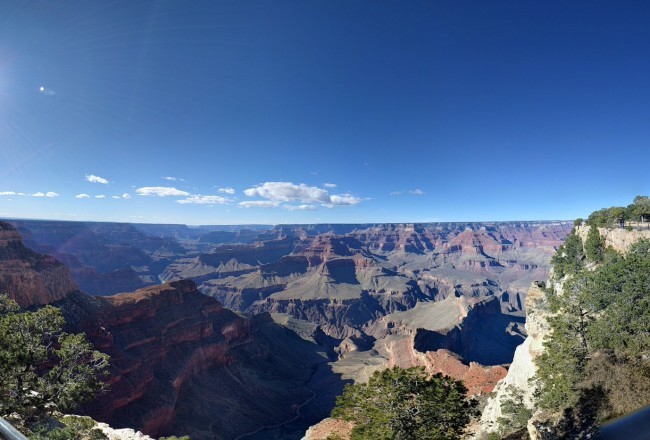When one visits Glacier National Park one must always hike to a glacier-fed alpine lake. For our first full day at the park, I set my sites on Avalanche Lake. Unfortunately, bear-bell tourists and groups of chattering teens crowd this overused trail in the height of August. Not a lick of solitude or serenity can be found in this lake, but at 4 miles round trip, it could be completed in half a day or less.
Trail of the Cedars
The trail begins at a wheelchair accessible trail called the Trail of Cedars and starts 16 miles from the west entrance of Glacier National Park along Going-To-The-Sun Road. Cars pack tightly in this small lot between the hours of 10 am to 3 pm, so either go early or go very late.
Avalanche Lake Trail starts at the eastern half of Trail of Cedars. We took the shortest path, along a raised boardwalk through ancient western hemlocks, red cedars, and cottonwoods. Soft moist moss coated the forest floor and tufts of lush fern sprayed between trees. This felt like the Pacific Coast of Washington rather than the slopes of the Rocky Mountains in Montana.
Just before Avalanche Lake Trail, we reached a footbridge that provided a perfect view up into Avalanche Gorge, where Avalanche Creek cuts down through the rock in attempts to merge with McDonald Lake.
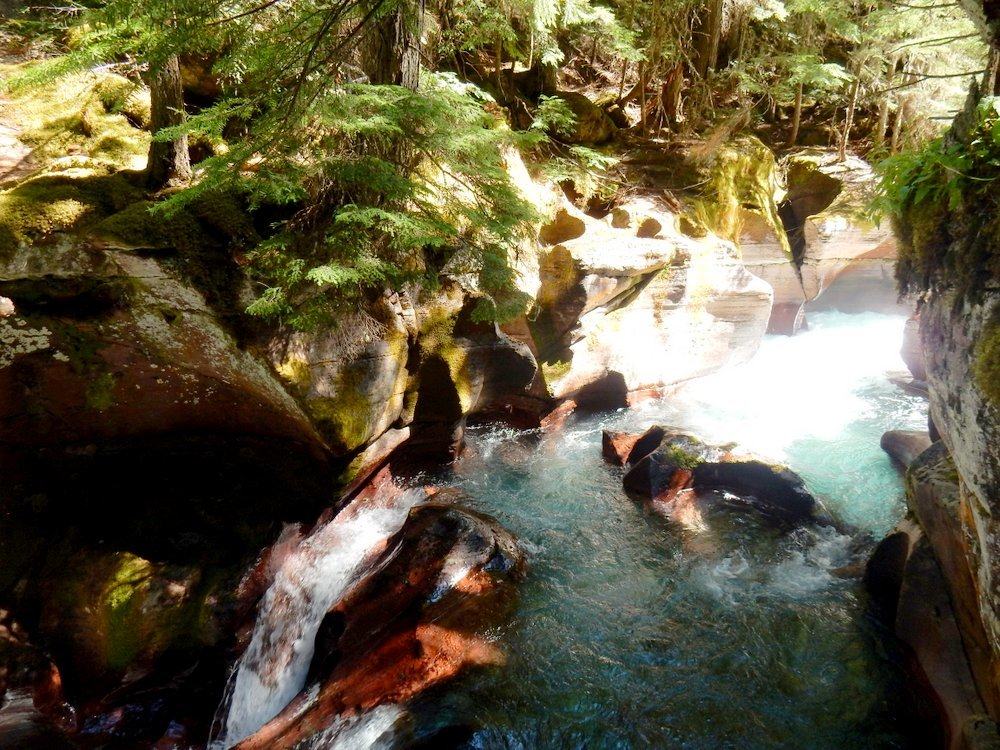
Avalanche Gorge – the creek funnels through a narrow gorge, where ferns and mosses decorated the ravine walls.
Avalanche Lake Trail
Past the bridge, we reached the junction toward Avalanche Lake. The first half of the trail greeted us with a relatively steep climb to get our blood flowing. The path then quickly lead to a dense forest on our right, and then to the banks of Avalanche Creek on our left. I watched the white waters churn, rushing through the narrow gorge. I felt amazed at how much earth moving and rock carving glacially melted water can do.
For about a mile we walked through an evergreen forest, the creek hidden from view, but the rush of water clearly audible. Near where Hidden Creek and Avalanche Creek merge, the trees part to expose a sedimentary rock face of Mt. Cannon.
Before long we reach Avalanche Lake, and I take a side trail down to where the waters outflow into Avalanche Creek. It seems that other hikers easily ignored this small trail and I can get a bit of solitude to soak in the scenery.
We continued on, and beyond the thick brush and past the outhouses, there’s a large beach area with an excellent view of the lake and surrounding mountains. We also found a gaggle of hikers taking selfies and sitting on makeshift benches.
To the north, Bearhat Mountain rises almost 4800 feet above the lake. To the south, Little Matterhorn dominates the view at 7886 feet above sea-level. From this lakeshore, I can pick out the long thin white lines of waterfalls cascading down into the far side of the lake. I long to head to the western shoreline, but then I’m blocked by bright tape and bright red signs that warned of bears.
I found photographing the lake in mid-morning tough since the sun hovers directly in full view and just above the mountains. But I can imagine the place at dawn, with the sky lit up hues of purple, orange, pinks, and reds. In the afternoon, the sun ends up behind you, so you can get some good day pictures.
As we head back, the trail crowds with even more people, and it’s hard to pass without accidentally bumping into someone. Often there are crowds and bottlenecks, so this trail requires a lot of patience. Back at the parking lot, I had to car spot for oncoming traffic before we could pull out our truck. By 11 am, the place was packed and the traffic heavy on the road. Casual hikers seeking an easy hike will like Avalanche Lake, but if you want quiet and nature I would recommend some other trail off the beaten path.
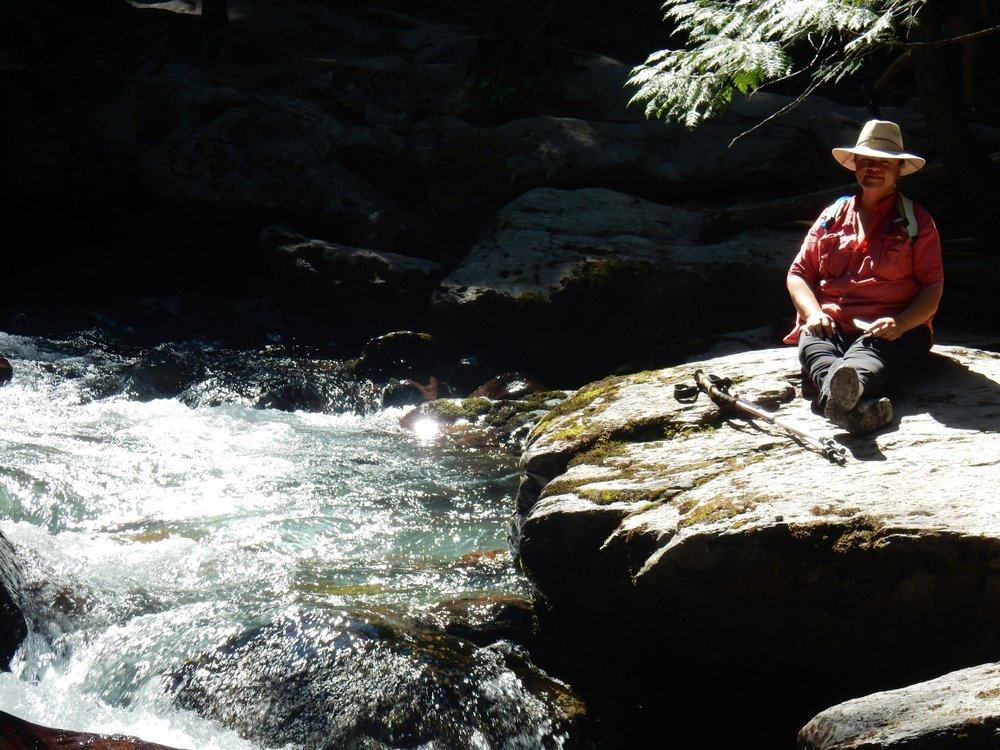
Avalanche Creek waters can change from crystal clear to a raging torrent in a matter of hours, especially after a heavy spring rain.
